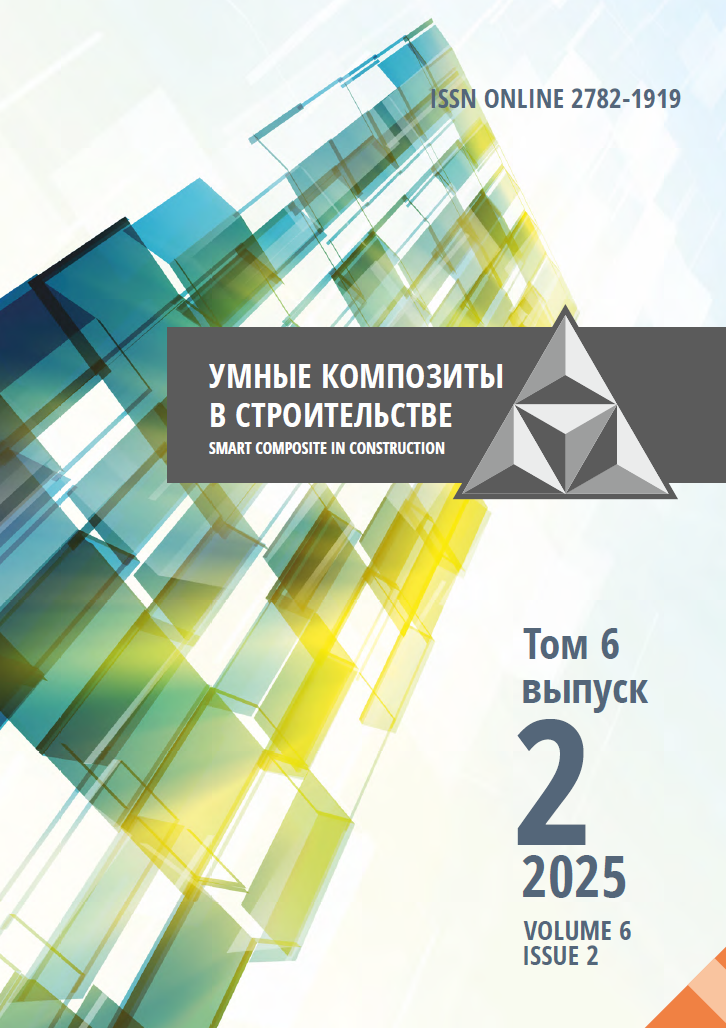Perm, Perm, Russian Federation
Yaroslavl, Yaroslavl, Russian Federation
Moscow, Moscow, Russian Federation
Voronezh State University of Engineering Technologies
Voronezh, Russian Federation
UDC 656.132
The restructuring of the global market has resulted in a saturation of various sectors of the economy with vehicles with new devices including compact energy storage. In 2021, the ‘Concept for the Development of Production and Use of Electric Road Transport in the Russian Federation for the Period until 2030’ was approved. It requires significant changes in road infrastructure. The construction of charging station networks, due to the lack of formed regulatory documents, poses a number of challenges and new tasks for the development of roads in domestic metropolises. The paper considers aspects concerning the development of public transport infrastructure and the organisation of uninterrupted electric bus traffic in the design of urban roads on the example of the city of Moscow.
electric buses, public infrastructure, chargers, asphalt pavement, rutting, load, strength
1. Official Interpretation of the National Strategic Plan and Industrial Policy of the Communist Party of China ‘Made in China 2025’. Available at: https://www.gov.cn/zhuanti/2016-05/12/content_5072762.htm (accessed 05.03.2025).
2. Directive of the Government of the Russian Federation No. 2290-r dated 23 August 2021 ‘Concept for the Development of Production and Use of Electric Road Transport in the Russian Federation for the Period until 2030’. Available at: http://static.government.ru/media/files/bW9wGZ2rDs3BkeZHf7ZsaxnlbJzQbJJt.pdf (accessed 12.02.2025) (in Russian).
3. Osintsev, N.A. (2021), “Multicriteria methods of decision making in ‘green’ logistics”, Mir Transporta, vol. 19, no. 5, pp. 105-114. Available at: https://doi.org/10.30932/1992-3252-2021-19-5-13 (in Russian).
4. Larin, O.N. (2023), “Transport systems of large cities: issues of efficiency”, Mir Transporta, vol. 2, no. 105, pp. 138-142. Available at: https://doi.org/10.30932/1992-3252-2023-21-2-16 (in Russian).
5. Bityukov, M.V. (2022), “Operation of electric buses in Russia”, Young Scientist, vol. 48, no. 443, pp. 21-25 (in Russian).
6. Levkin, S.I. “Report of the Head of the Moscow City Policy Department. Integrated development of underground space”, Complex of urban policy and construction of the city of Moscow. Available at: https://stroi.mos.ru/news/v-moskvie-obsudili-voprosy-komplieksnogho-osvoieniia-podziemnogho-prostranstva (in Russian) (accessed 14.02.2025).
7. Ryazapov, G.M. and Domanov, V.I. (2020), “Analysis and Prospect of Development of Charging Devices for Electric Vehicles”, Proceedings of the Conference, Proceedings of the VI National Sci. Pract. Conf. [Mat. VI Natsional. nauch.-prakt. konf.], in 2 vols, Kazan, Russia, pp. 20-22 (in Russian).
8. Tumakov, S.A. and Golub, G.N. (2021), “Calculation of stresses in the building structures, taking into account ground base deformations”, Smart Composite in Construction, vol. 2, no. 1, pp. 7-13 (in Russian).
9. Industry road methodological document: Recommendations on identification and elimination of rutting on non-rigid pavements (2003). Moscow, State Enterprise ‘Informavtodor’ (in Russian).
10. Album of standard road structures for the city of Moscow. Moscow Government. Complex of urban policy and construction of the city of Moscow dated 30.12.2020. Available at: https://smart.mos.ru/mtsk-proxy/image/0af39c3a-189b-4beb-983d-a2339cb8326c (accessed 12.03.2025) (in Russian).
11. Design and maintenance of electric bus LIAZ-6274 with ‘pistol’ type charging system and pantograph. Manual for the professional training programme. Corporate University of Moscow Transport. Available at: https://sop.mosmetro.ru/wp-content/uploads/2022/03/TK-voditel-D-ustrojstvo-elektrobusa.pdf (accessed 12.03.2025) (in Russian).







